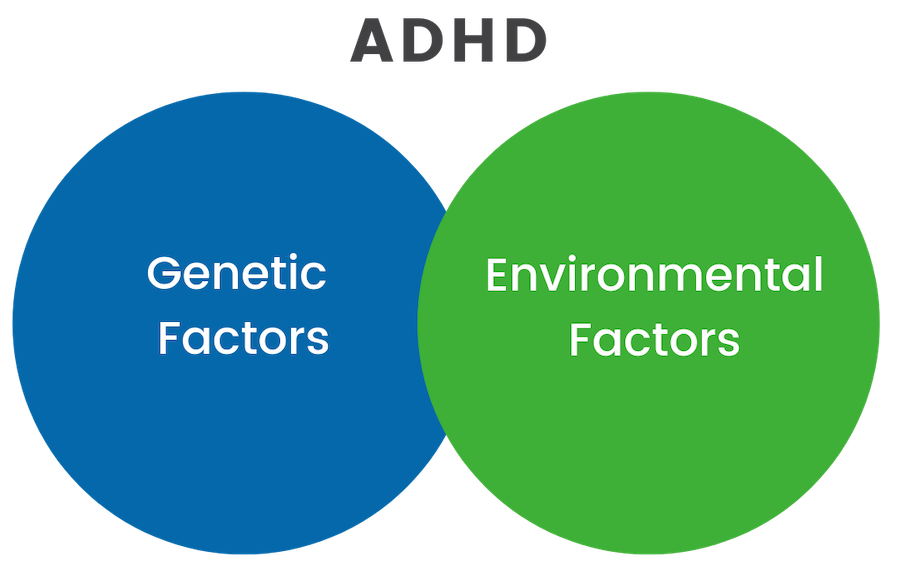The manuscript with the results about the effectiveness of our Concussion Recovery Program has been published in the Journal of Rehabilitation
Published in Biological Psychology (2014), about Neurofeedback as treatment for ADHD
Published in the Journal of Child Psychology and Psychiatry, comparing Neurofeedback with other treatments for ADHD
Based on the latest scientific findings in the field of neuroscience, Dr. Fotuhi has developed a tailored Attention Boosting Program for recovery from concussion and memory loss, as well as to improve attention and concentration in individuals ages 8 and up.
Attention Deficit Disorder, with or without Hyperactivity, is often due to a combination of genetic and environmental factors. In many cases, a stressful environment, low levels of vitamins D or B, anemia, sleep issues, and poor diet can worsen ADHD symptoms. At our brain center, we first evaluate all potential causes of your attention issues and then provide you with a comprehensive treatment program that features cutting-edge neurofeedback treatment and individualized brain coaching.

Our ADHD treatment program focuses on enhancing areas of your brain that are particularly important for attention, executive function, and impulse control – namely your frontal lobes. Dozens of neuroscience studies have shown that non-pharmaceutical interventions such as exercise, brain training, specific supplements, and neurofeedback can indeed improve your brain’s frontal lobe functions.
Based on his 25 years of research, teaching, and clinical work at Johns Hopkins and Harvard Medical School, Dr. Fotuhi has integrated the latest discoveries in his field and designed a program of brain coaching and neurofeedback that targets the specific needs of his patients with ADD or ADHD.
As a part of our 12-week program, we establish a thorough list of modifiable factors that can help each patient improve his/her attention naturally. Our brain coaches make a list of such factors at the beginning of the program and help our patients make healthier choices every day. Neurofeedback treatment, in parallel with brain coaching, also helps them become calmer more and more focused.
Each of our patients undergoes formal cognitive testing and qEEG at the beginning, at 6 weeks, and 12 weeks. We nearly always see remarkable improvements in the scores of our patients. This is in part due to the habit forming nature of our program. Patients are often encouraged when they see objective improvements in their formal cognitive tests and qEEGs, along with the compliments they receive from their family and classmates, and as a result become more confident.
A 9-year-old boy who gets easily distracted and appears fidgety in his class often gets labeled as having ADHD. However, this may or may not be the correct diagnosis for him. For example, if he and his family tend to stay up till midnight, love watching TV for long periods of time, and drink caffeine-rich sodas often, his attention and behavior issues can be due to lack of sleep, sedentary lifestyle, and poor diet. A child like him does not need Adderall. He needs lifestyle modifications, exercise, and coaching. His grades – and behavior – at school will improve greatly if he starts sleeping 9 hours a night, stop drinking coke, exercise daily, and receive instructions on how to be organized. Such lifestyle modifications are difficult to initiate and even more difficult to maintain.
Other children may have a genetic predisposition for ADHD as well as some environmental factors that contribute to their symptoms.

The Attention Boosting Program focuses on enhancing areas of your brain that are particularly important for attention, executive function, and impulse control – namely your frontal lobes. Dozens of neuroscience studies have shown that non-pharmaceutical interventions such as exercise, brain training, specific supplements, and neurofeedback can indeed improve your brain’s frontal lobe functions. Our patients reap the benefits of tailored coaching and neurofeedback, and the majority of our patients leave the program feeling calmer, more focused, and better able to handle the challenges of everyday life.
Below is the comparative summary of a patient who underwent treatment at our Brain Fitness Center for her ADHD. After 12 weeks of treatment she showed improvement in attention, processing speed, and executive functioning, as well as improvement in her verbal and working memory.
The brain mapping qEEG below initially showed several abnormalities (dark blue, lots of yellow and orange – in left panel). By the end of the program, they were mostly resolved (right panel).